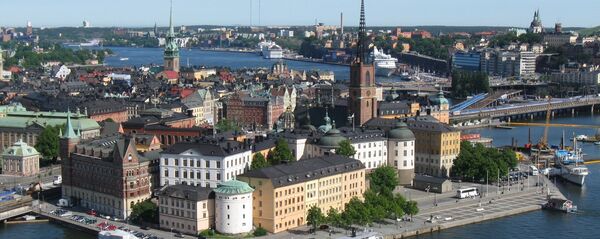However, the overall outlook for wind energy remains rather dismal. Slumping electricity prices have forced individual owners to dismantle and sell older wind turbines, whereas the removal of state support may turn out to be a final blow to the industry.
According to an estimate by Erik Josefsson of the ES Power company, about 50 wind turbines were dismantled in Sweden and sold to other countries last year alone, Göteborgs-Posten reported. Josefsson noted that the opportunity to ease the financial burden was first seized by small-time players, such as individual farmers and small businesses.
Besides, numerous health issues are another setback for the green energy. Local inhabitants, who live nearby wind farms, often complain of stress, headaches and insomnia.
According to Sture Åström of the environmental portal Klimatsans, the problem is the infrasound, i.e. noise of low frequency under 20 Hertz, which is not heard by the human ear, but nevertheless leaves an impact. "Health problems are very real," he wrote in a debate article in Folkbladet, claiming that the wind power industry is doomed anyway, because it cannot do without subsidies.
"Today, we may see beautiful pictures of wind turbines at sea, where they are not fixed to the ground. Now, there is a strong push against the industry to promote floating devices that are further out from the land with better wind conditions and that do not disturb nature in the same way," Magnus Westher, CEO of Ramnäs Bruk, told Swedish Radio.
In April, Norway's Energy Minister Tord Lien presented a plan to dismantle the current system of subsidies for wind power until 2021. Today, Sweden and Norway share a so-called electricity certificate system, subsidizing wind power, which Tord Lien hopes to abandon.
"Subsidies are threatening the viability of power stations running in renewable energi," Tord Lien told Svenska Dagbladet.
At present, wind energy accounts for 5 and 2 percent of Sweden's and Norway's total electricity consumption respectively.





